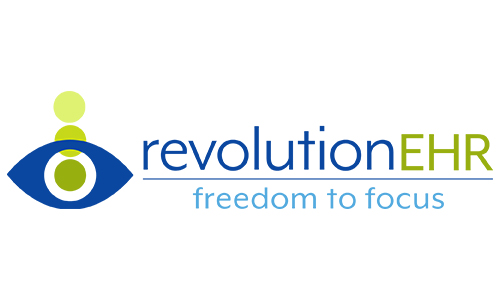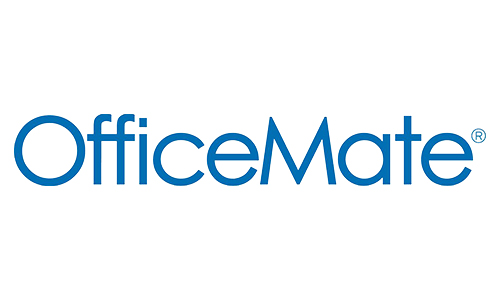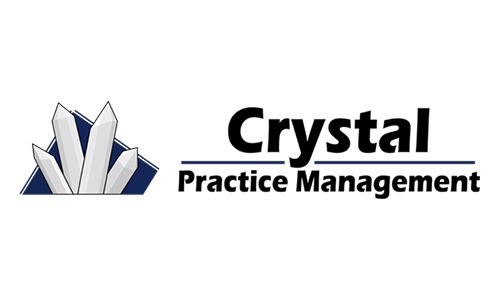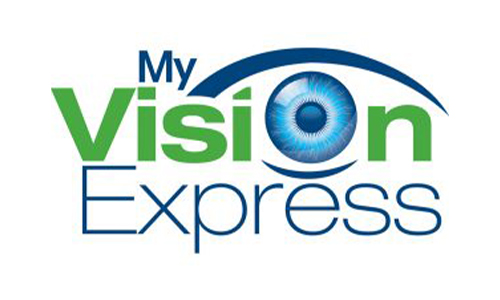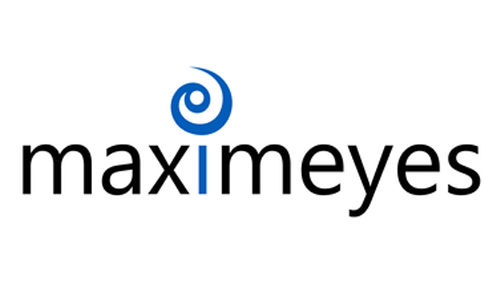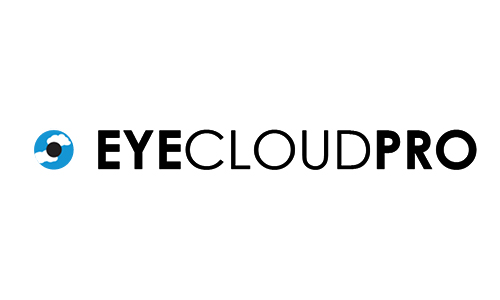Insurance billers asked. And we answered.
Melissa Jacobson, Operations Manager, RevCycle Partners
When a medical claim is denied, it’s often because of a missing modifier or a misused modifier combination.
It’s easy to mix up modifiers. Unfortunately, mix-ups can lead to delays in payments or, in some cases, nonpayment. Worse, they might trigger an audit that can lead to hefty fines.
RevCycle Partners recently presented a webinar, “Commonly Confused Modifiers: Common Scenarios of Misuse and How to Use Them Properly.” It prompted a lot of questions, many which, because of time, weren’t covered in the webinar.
We wanted to answer the lingering questions—because chances are you might have the same ones.
Q: For Cataract SX we normally perform the 92136 and bill it with the Bilateral DX code. But when the patient has a second Cat SX we bill 92136 with Modifier 26 and the DX for the 2nd eye because the doctor has gone back again and reviewed the test for the second eye? Is this correct?
A: Yes, this is correct. 92136 is an unusual procedure code in that the technical component is bilateral but the professional component is unilateral.
Q: How can distinct services (with X modifiers) be on the same claim? Wouldn't they need different diagnosis codes?
A: A different diagnosis code is not always necessary but is frequently used. But simply having a different diagnosis code on each procedure is not enough. You need the X modifiers to unbundle the codes.
For example, you may be performing the procedures on distinct or separate structures. One scenario might be same day cataract surgery on one eye and YAG on the other. In that case, you would use Modifier XS.
Remember, documentation is critical to explain why the test or procedure is being done again and why the structures are being considered distinct.
Q: My provider was once told that we need to use TC/26 on each OCT, VF, and photo test we do for Medicare because of our Rural Health Clinic (RHC) status. Have you ever heard of the rule for Rural status?
A: The Medicare Modernization Act eliminated the need for modifiers to be added to claims for the purpose of these bonuses. Health Professional Shortage Areas are now determined by zip code and bonus payments should be issued automatically. Here is a resource to help you: https://www.cms.gov/Medicare/Medicare-Fee-for-Service-Payment/HPSAPSAPhysicianBonuses
Q: If I’m doing AION treatment during a glaucoma check and it was not previously scheduled, would Modifier 25 be correct?
A: If the AION wasn’t there before, or, if it was found during the glaucoma check, you can use Modifier 25.
However, you want to make sure it’s necessary, significantly different, and identifiable from the reason the patient was scheduled to come in.
Remember, to use Modifier 25 in this case, documentation is critical to explain the AION wasn’t there prior to the patient’s visit, and that the patient did not schedule the appointment with concerns for the AION.
Q: I have been having issues getting reimbursed for post-op care. Sometimes we're reimbursed for one eye, not the other. What are my solutions?
A: Talk to your surgeon’s office and verify that they’re billing with Modifier 54. If they don’t use Modifier 54, and are instead submitting without, then your claim isn’t going to be paid. They need to use Modifier 54.
Another possible solution is making sure that the transfer of care information that you’ve received matches what the surgeon billed. Both your claim and the surgeon’s claim have to match.
Aside from Modifier 54 from the surgeon & Modifier 55 on your claim, Modifier 79 should be used for the 2nd eye if it's within the global period of the 1st eye.

